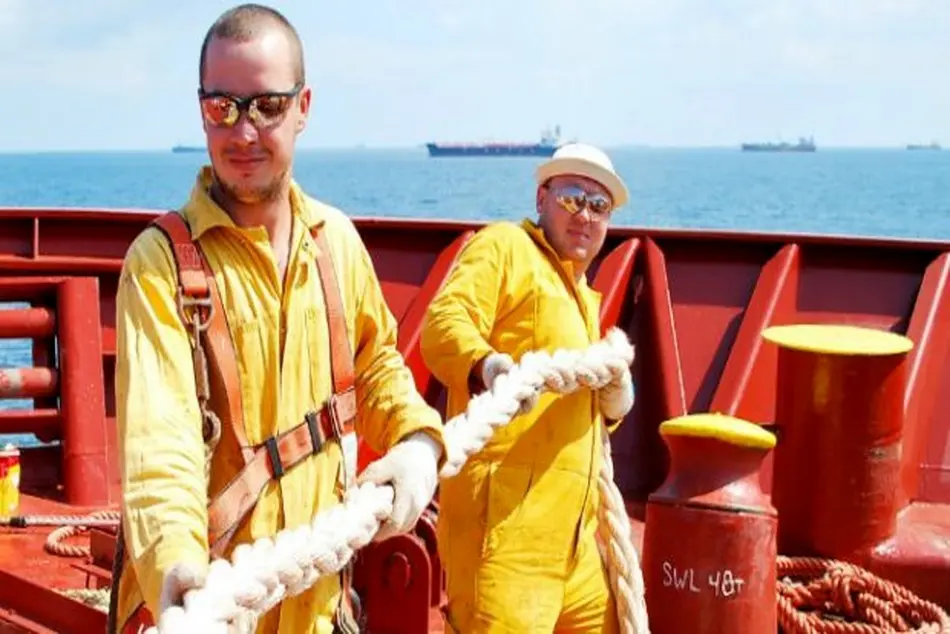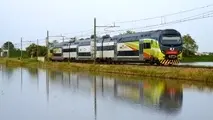DNV GL: Why investment in training is important

DNV GL recently performed a survey on maritime safety in four different regions: Greece, Middle East, Norway and Germany. The results reflected the industry’s focus on safety and presented direction on how to improve safety at sea.
The main conclusion of the survey is that the crew is the key and that to improve safety at sea the shipping community needs to invest (still more) in training and enhancing the safety culture.
The survey provides a clear list of priorities that the industry needs to take up as far as training is concerned. The top 5 of major safety concerns are:
- poor safety culture and communication,
- insufficient crew competence,
- inadequate safety management
- navigational errors
- issues like fire and explosions, machinery and hull damages as well as cyber security threats
In a following question, the issue of “key barriers” that prevent improving safety at sea was raised and again safety culture and lack of crew training were recognized as two amongst the three major such barriers.
Thus, and considering all safety aspects as well as related costs, participants agreed that, given the opportunity to invest in safety, they would consider money spent on training of crew as “Money well spent”.
There are many risk-based studies that come to the conclusion that training adds up to safety and accident prevention in such a significant way, that money spent on training and building of safety culture are but a minor fraction of what a company would need to spend to mitigate related emergency situations.
Furthermore, it is noted by all in the shipping industry that there is an increasing need to help the crew onboard cope with and adapt to new developments regarding regulations, technology, software, efficiency, security, etc. It seems that developments are advancing at a much greater speed than we keep up with them.
Of course, it is in human nature that we only realize this once it has happened and wish then that we would have done something about it before.
“If we want to improve safety at sea we have to act now – by changing our attitude and building a safety culture. And this we can achieve through training and qualifying people. Let’s us start”, DNV GL advises.



